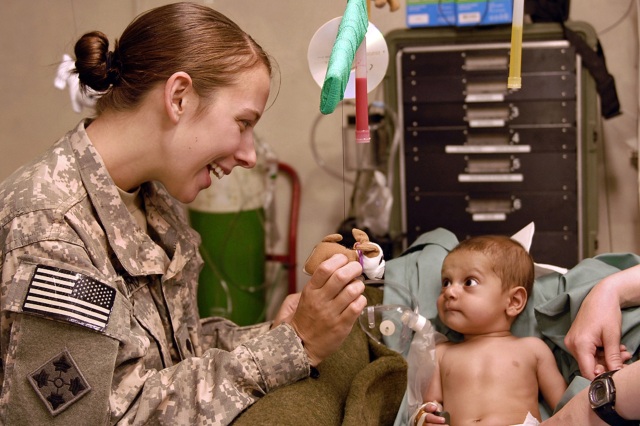
Blog by Joe Babaian
The good physician treats the disease; the great physician treats the patient who has the disease.
~ Sir William Osler, M.D.
Let’s visit care at the N of 1. During this fraught time of pandemic, patient focus ranges from the personalized care we expect (or should expect) to the detrimental rejection of established public-health norms. As we visit patient- or, as one might prefer, person-centered care, let’s consider the expectations and boundaries of our best intentions for ourselves and the healthcare system as a whole.
Where do you meet the patient? Where do you meet the clinician? Is the playing field level, eye to eye, or is the power and decision-making imbalance clear for all to see? When reading and discussing this week’s blog, take some time to consider these basic questions – both from the clinician and patient perspective.
Patient-centered care. What’s in a term? Here is one accepted definition. According to the National Academy of Medicine, patient-centered care is:
Providing care that is respectful of and responsive to individual patient preferences, needs, and values, and ensuring that patient values guide all clinical decisions.
Seeing the word guide means just that – not a line drawn in the sand meant to lessen the influence of the physician and team, but meant to inform the shared decision-making process.
The University of Gothenburg’s Center for Person-centered Care (GPCC) defines things a bit differently. In fact, the GPCC refers to Person-centered vs Patient-centered care. The difference is more than academic.
The GPCC defines person-centered care as a true partnership between patient and healthcare professionals, where a personal health plan is mutually developed, agreed upon, and executed.
This definition feels more complete and encompassing. We don’t even see talk about providing care, but instead focusing on a partnership developing and executing a personal health plan. This is meeting the person (patient) by looking at them in the eye versus creating distance and a paternalistic control.
Before going further, we should always keep in mind the real and critical differences between the clinician and the patient. Creating a partnership between a person (patient) and clinical team is not the same as saying everyone is equally informed or able to achieve desired outcomes – this applies from both the patient and the clinical perspectives. Control can be asymmetrical and all parties must keep this in mind as circumstances dictate.
Putting person-centered care into action comes in many forms – from elaborate game-changing steps to small pivots and everything in between.
One example is the Patient-Centered Medical Home model as defined by the American College of Physicians:
The Patient-Centered Medical Home (PCMH) is a care delivery model whereby patient treatment is coordinated through their primary care physician to ensure they receive the necessary care when and where they need it, in a manner they can understand.
For more information, we discussed this model with a #hcldr blog post by Steven Daviss, MD, DFAPA (@HITshrink): Patient Centered Medical Home (PCMH) and Behavioral Health Integration.
Another example comes from the very institution that William Osler, M.D. helped found, the Johns Hopkins University School of Medicine. Within Hopkins, the Armstrong Institute for Patient Safety and Quality has a focus on “Delivering patient- and family-centered care” as well as “Creating a culture that values collaboration, accountability and organizational learning.” You can check out the Institutes’ blog, Voices For Safer Care, to read more about their focus on patient-centered care.
Please join the #hcldr community as we work to make a difference, one idea and one action at a time. Join us on Tuesday, September 21st, 2021 at 8:30pm Eastern as we discuss the following topics:
-
T1: How does patient-centered care resonate for you? Experiences?
-
T2: What are the benefits of breaking down the walls between clinicians and patients?
-
T3: How might advances in technology facilitate patient-centered care? Examples?
-
T4: What can you do to enhance the move toward patient-centered care?
Photo Credit: https://pixabay.com/en/doctor-baby-child-young-healthcare-870361/ as released under Creative Commons CC0.